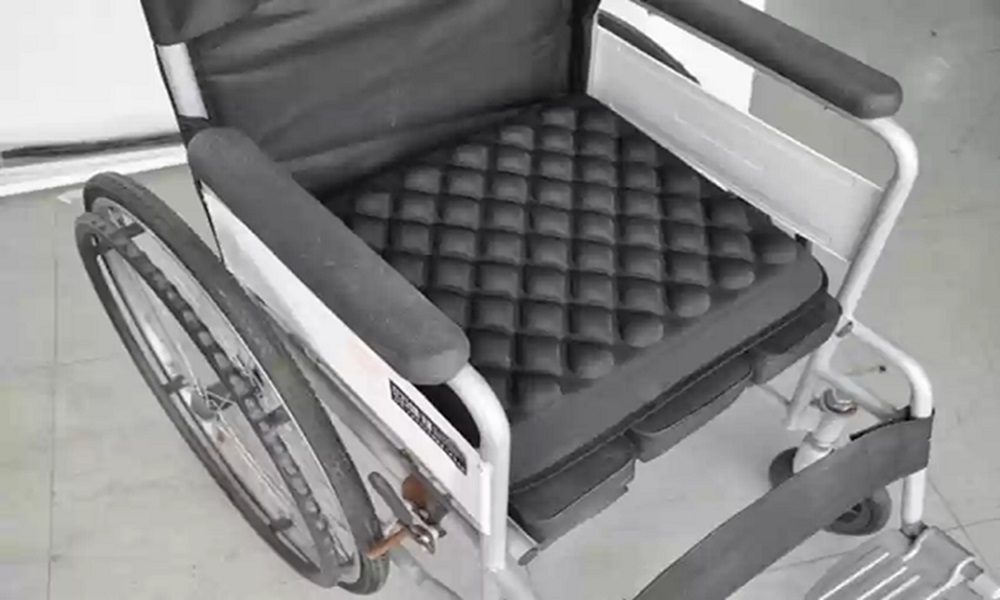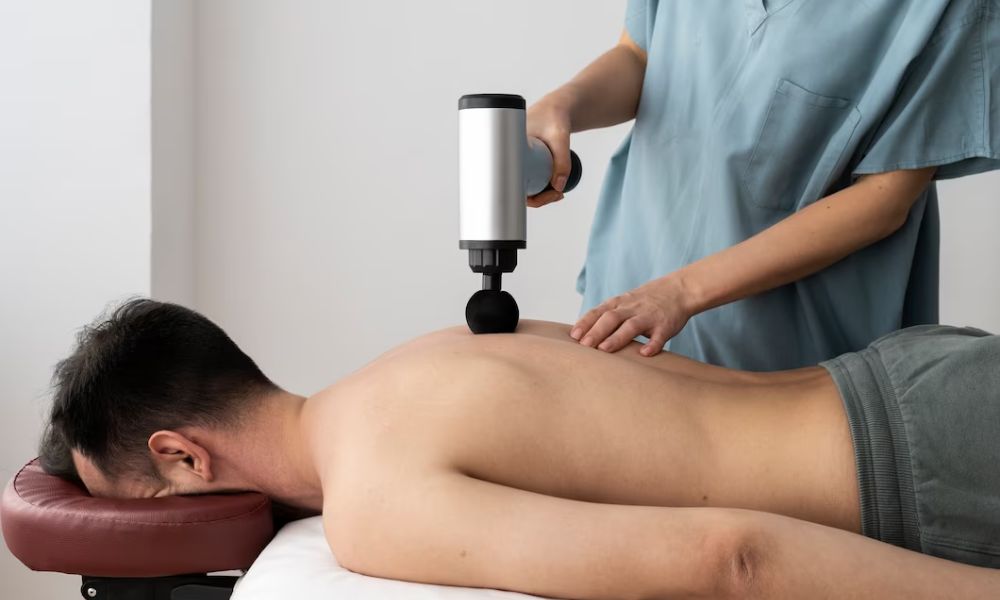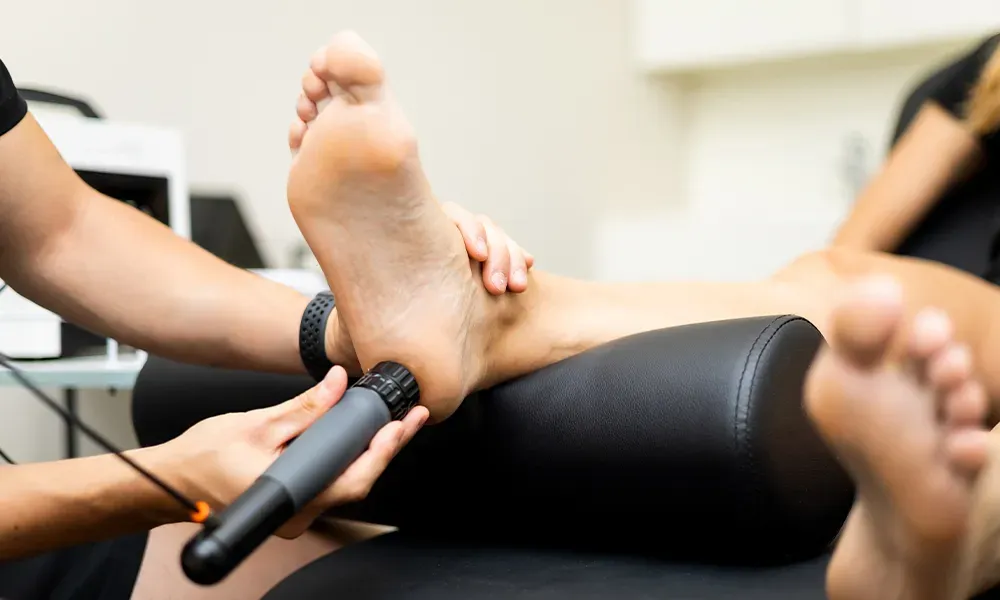Selecting the ideal wheelchair air cushion is a crucial decision for individuals who rely on wheelchairs for extended periods. This guide delves into key considerations to ensure your choice aligns with individual needs, providing comprehensive support for comfort and daily convenience.
Materials (PVC vs. TPU)
1.1 PVC (Polyvinyl Chloride)
Advantages: Known for durability and cost-effectiveness.
Considerations: May have relatively lower breathability.
1.2 TPU (Thermoplastic Polyurethane)
Advantages: Exhibits excellent flexibility, resilience, and breathability.
Considerations: Generally more expensive than PVC.
Choosing between PVC and TPU involves balancing factors such as durability, breathability, and budget.
Comfort and Pressure Relief
2.1 Gel Cushions
Advantages: Outstanding pressure distribution and support.
Considerations: May be heavier and less breathable than alternatives.
2.2 Foam Cushions
Advantages: Provides consistent support and comfort.
Considerations: May lack the pressure relief capabilities of gel cushions.
2.3 Air Cushions
Advantages: Customizable firmness, excellent pressure relief.
Considerations: Regular maintenance required to ensure optimal performance.
Comparing gel, foam, and air cushions involves evaluating preferences for pressure relief, weight, and maintenance.
Consider Different Chairs
Wheelchair Types: Ensure the selected cushion is compatible with various wheelchair models.
Customization: Explore options for customization to cater to individual needs.
Considering different chairs involves understanding compatibility and the potential for personalized adjustments.
Seat Cover Materials and Ease of Cleaning
4.1 Seat Cover Materials
Breathability: Opt for materials that provide proper airflow for comfort.
Durability: Consider long-lasting materials for sustained use.
4.2 Ease of Cleaning
Water-Resistant: Choose materials that resist water to prevent damage.
Removability: Easily removable covers facilitate regular cleaning.
Evaluating seat cover materials involves prioritizing breathability, durability, and cleaning convenience.
Portability
Weight: Opt for lightweight designs for ease of handling.
Foldability: Consider cushions with foldable features for enhanced portability.
Prioritizing portability involves selecting cushions that are both lightweight and easily transportable.
Conclusion
In conclusion, the process of choosing the right wheelchair air cushion requires thoughtful consideration of materials, comfort preferences, chair compatibility, seat cover characteristics, and portability features. By navigating these factors with a keen eye on individual needs, users can ensure they make an informed decision that positively impacts their comfort, health, and overall mobility.
If you are still unsure how to choose the most appropriate wheelchair air cushion, you can also contact Senyang, who has over 20 years of experience in the wheelchair air cushion industry.






